Reykjavik, the capital and largest city of Iceland, has a rich and fascinating history.


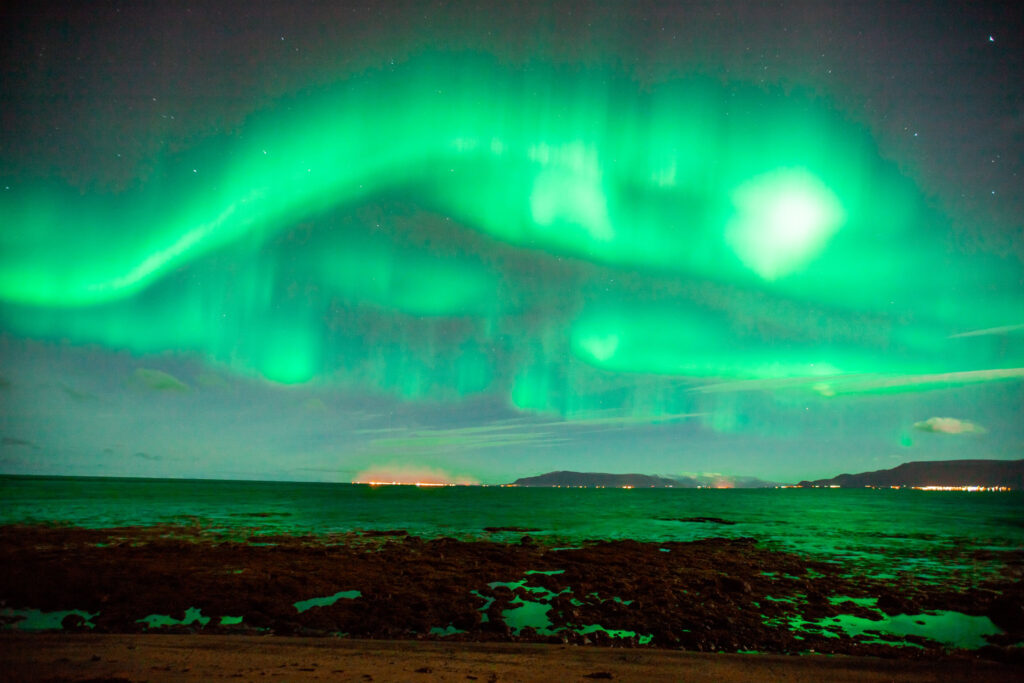
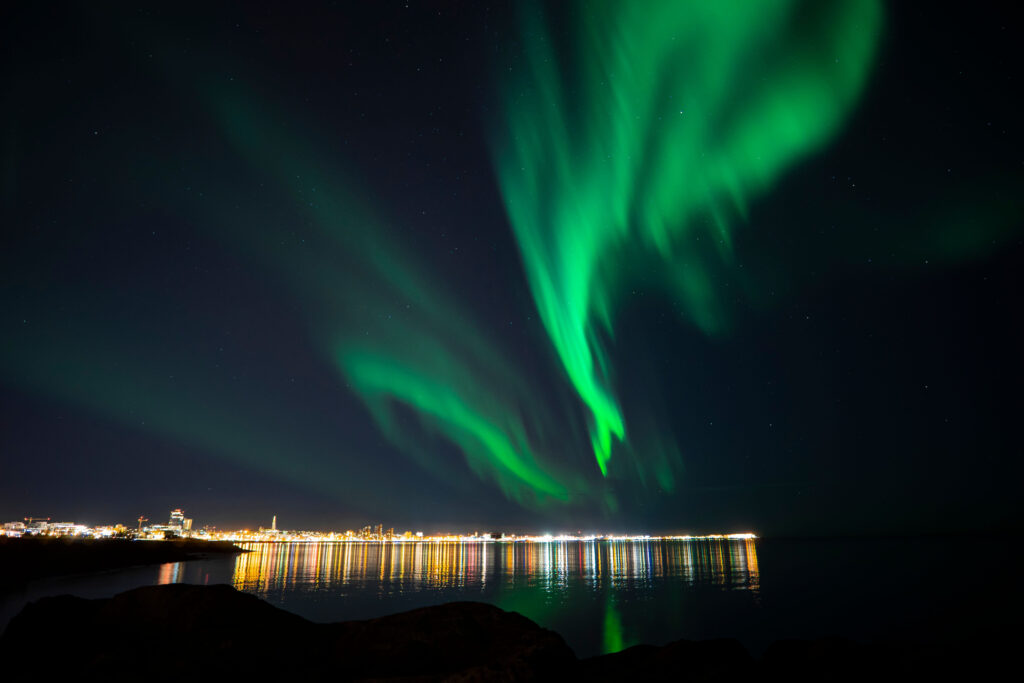
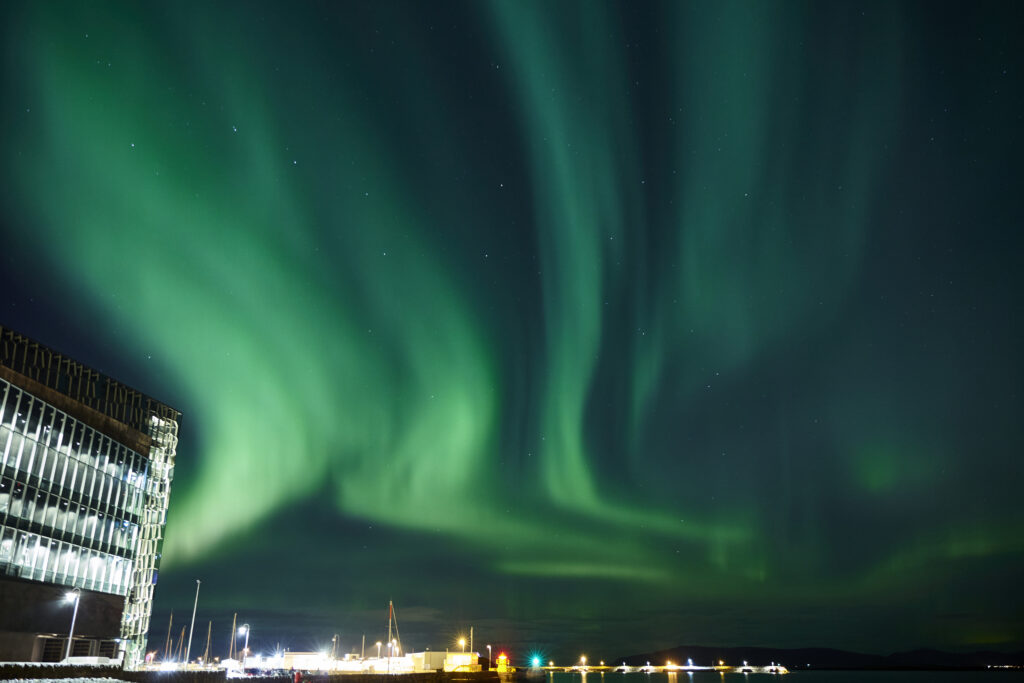
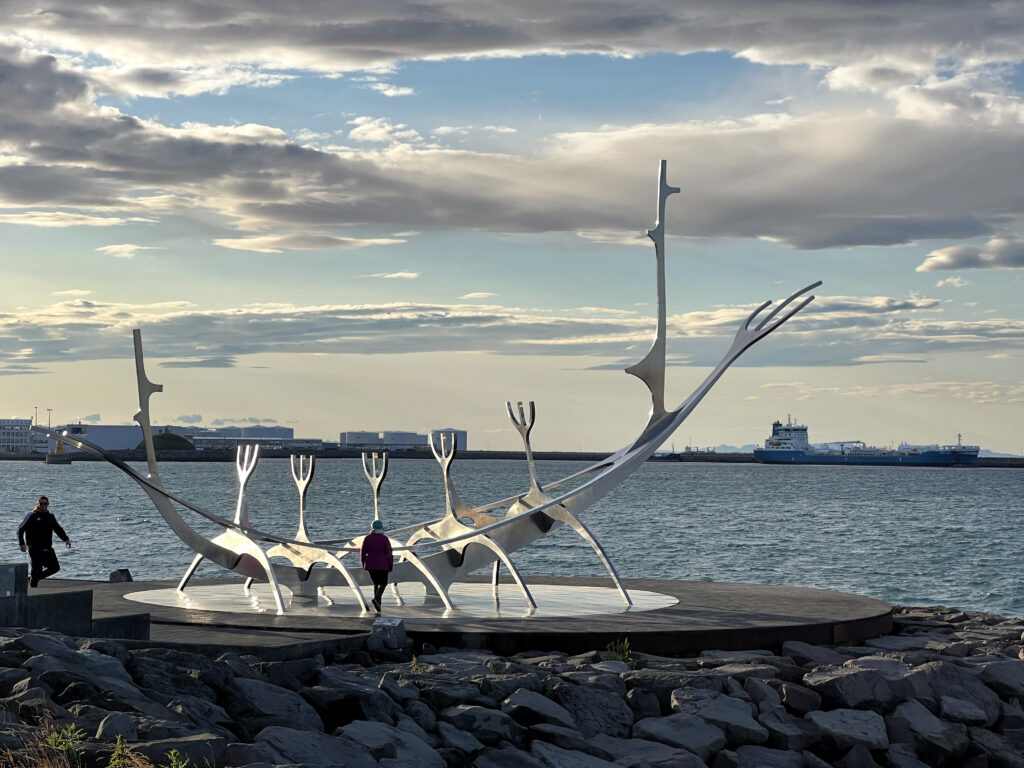
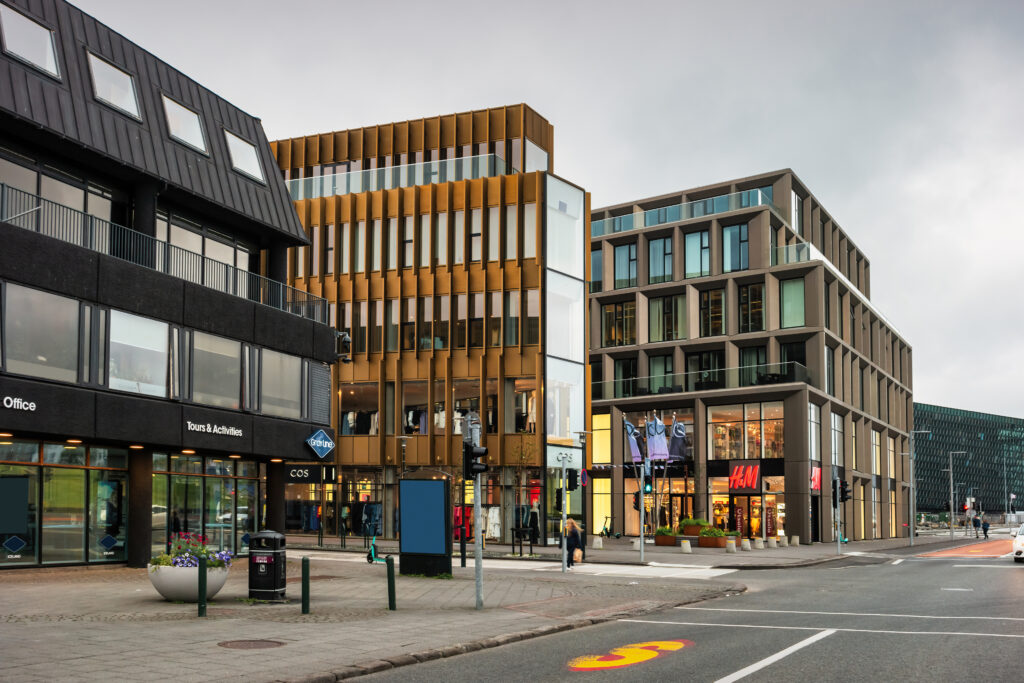

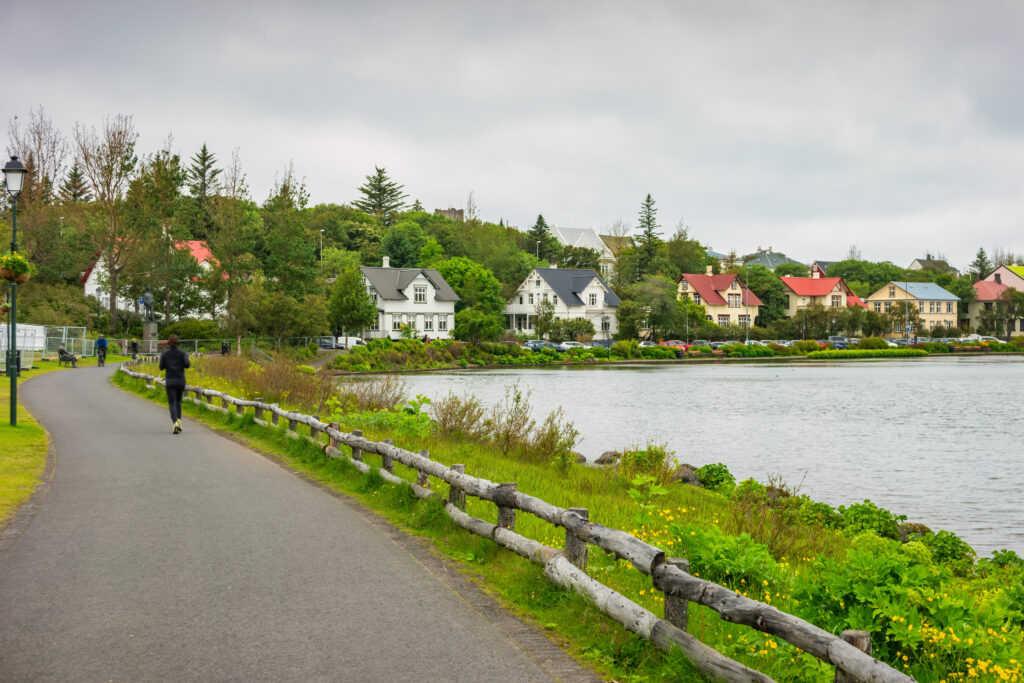
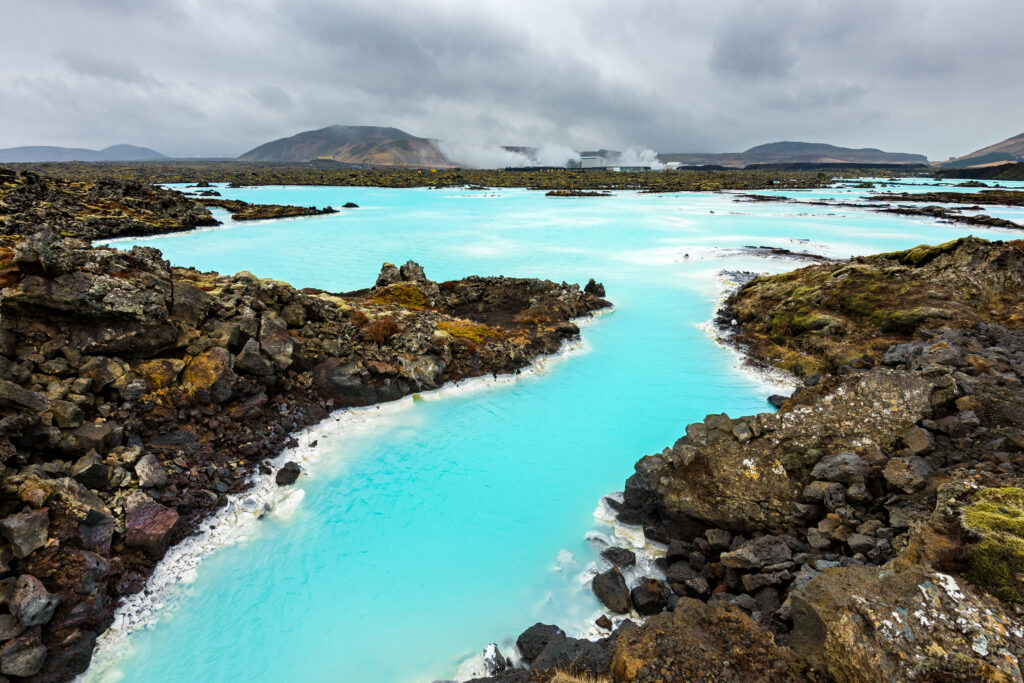


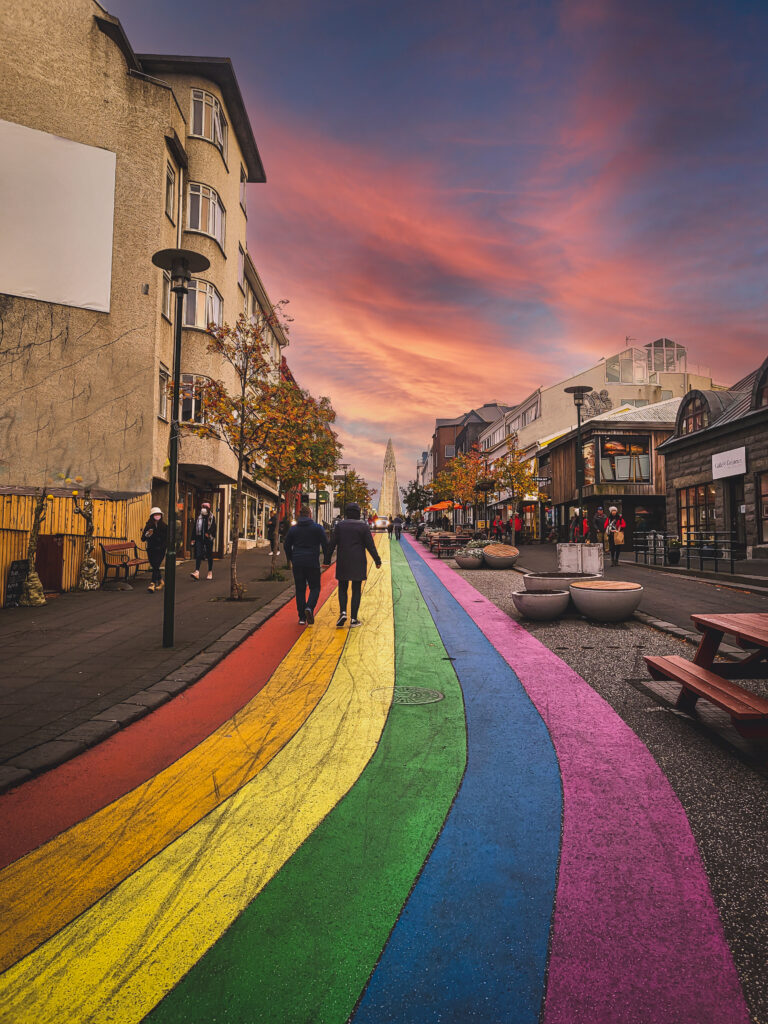
- Early Settlement: Reykjavik was settled by Norsemen in the late 9th century, led by Ingólfur Arnarson, who is considered the city’s founder. The area was chosen for its natural harbor and fertile surroundings.
- Medieval Period: During the Middle Ages, Reykjavik remained a small settlement with a primarily agricultural economy. It wasn’t until the 18th century that it began to grow as a trading center.
- Trade and Fishing: Reykjavik’s growth was closely tied to the fishing industry, which became increasingly important in the 19th century. The city gradually developed into a hub for trade and commerce.
- Capital City: In 1918, Iceland became a sovereign state in a personal union with Denmark, and Reykjavik was designated as its capital. In 1944, Iceland became an independent republic with Reykjavik as its capital city.
- WWII and Cold War: During World War II, Reykjavik served as an important base for Allied forces. After the war, it became strategically significant during the Cold War due to its proximity to the Arctic Circle.
- Modern Growth and Development: In the latter half of the 20th century, Reykjavik experienced significant urbanization and modernization. It became known for its vibrant cultural scene, with a thriving music, arts, and literary community.
- Geopolitical Importance: Reykjavik has also been the site of important international events, most notably the Reykjavik Summit in 1986, where U.S. President Ronald Reagan and Soviet leader Mikhail Gorbachev held talks on nuclear disarmament.
- Contemporary Reykjavik: Today, Reykjavik is a modern and cosmopolitan city, known for its stunning natural landscapes, vibrant cultural scene, and progressive attitudes. It’s a popular tourist destination, attracting visitors from around the world to explore its unique blend of history, culture, and natural beauty.
